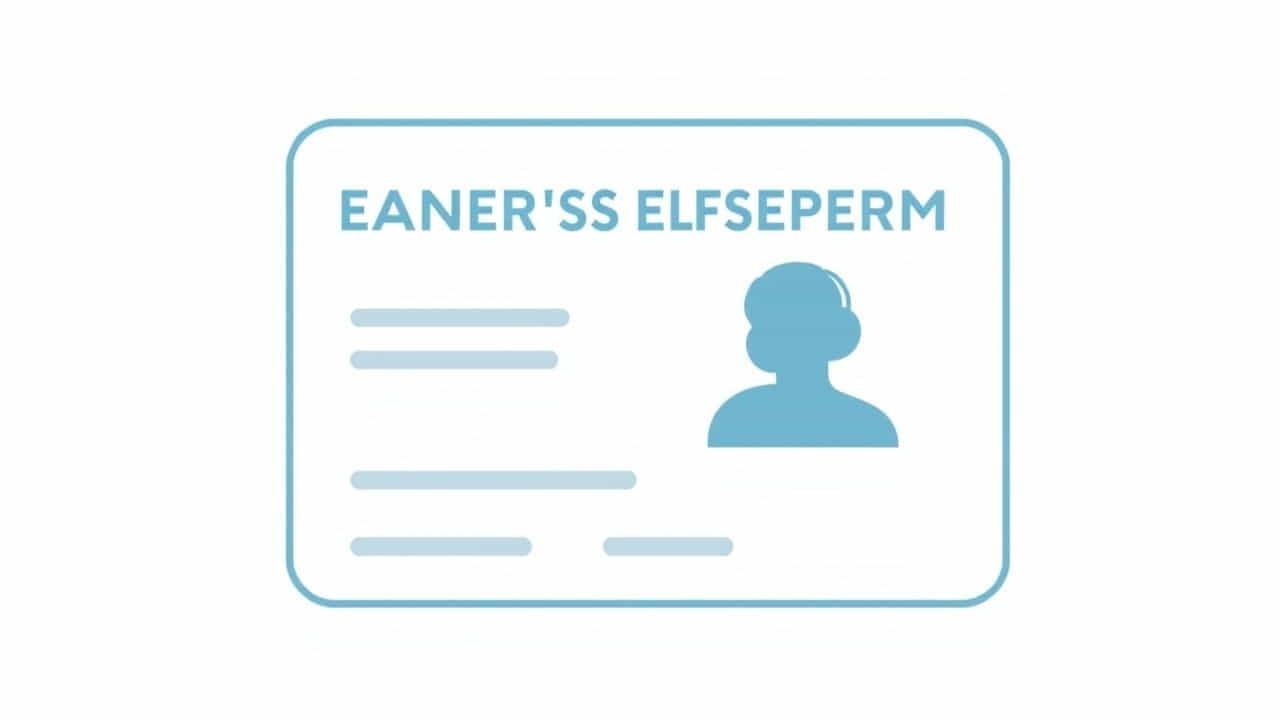A learner’s license is a temporary driving permit that allows new drivers to practice driving under supervision before obtaining a full driver’s license. It serves as the first step in the process of becoming a legally licensed driver.Each country or state has different rules and requirements for obtaining a learner’s license, but in general, it is issued to individuals who meet the minimum age requirement and pass a written knowledge test.
This topic will explain what a learner’s license is, how to get one, its restrictions, and tips for success.
What Is a Learner’s License?
A learner’s license (also known as a learner’s permit) is a restricted license given to new drivers, usually teenagers, allowing them to practice driving under supervision before applying for a full driver’s license.
Key Features of a Learner’s License
-
Temporary permit that allows driving with supervision.
-
Issued after passing a written exam on road signs and traffic laws.
-
Comes with restrictions, such as no driving alone or no nighttime driving in some locations.
Purpose of a Learner’s License
The main goal of a learner’s license is to help new drivers gain experience in real-world traffic situations while ensuring safety through supervised driving.
How to Get a Learner’s License
Each country or state has its own process for obtaining a learner’s permit, but the general steps are as follows:
1. Meet the Age Requirement
The minimum age varies, but it is usually between 14 and 18 years old.
2. Complete a Driver’s Education Course (If Required)
Some places require new drivers to complete a driver’s education course before applying. These courses cover road signs, traffic laws, and safe driving practices.
3. Gather Required Documents
Applicants typically need:
-
Proof of identity (passport, birth certificate, or national ID).
-
Proof of residence (utility bill, school records, or official mail).
-
Parental consent (if under 18).
4. Pass a Written Knowledge Test
The test covers:
-
Traffic laws and regulations.
-
Road signs and their meanings.
-
Safe driving practices.
5. Pass a Vision Test
Most licensing offices require a basic eye exam to ensure the applicant has adequate vision for driving.
6. Pay the Required Fees
Fees vary but usually range between $10 and $50, depending on the location.
7. Receive Your Learner’s License
Once all requirements are met, the applicant will receive their learner’s license, which is valid for a specific period (usually 6 months to 2 years).
Restrictions of a Learner’s License
A learner’s license comes with certain restrictions to ensure safety while the driver is still gaining experience. These restrictions vary but commonly include:
1. Supervised Driving Only
-
Must be accompanied by a fully licensed adult driver (usually over 21).
-
The supervisor must sit in the front passenger seat.
2. No Nighttime Driving
- Some locations prohibit driving at night (e.g., between 10 PM and 5 AM).
3. Passenger Limitations
- In many areas, learner drivers cannot have passengers other than the supervising adult.
4. Zero Alcohol Policy
- Strict alcohol restrictions (0.00% BAC) apply to all learner drivers.
5. No Highway Driving (In Some Locations)
- Some states prohibit learner drivers from using highways or high-speed roads.
How Long Does a Learner’s License Last?
A learner’s license is valid for a limited time, usually between 6 months and 2 years, depending on local laws. If the driver fails to upgrade to a full license within this period, they may need to reapply and retake tests.
How to Upgrade to a Full Driver’s License
After gaining experience with a learner’s license, the next step is to apply for a full or intermediate license. Here’s how:
1. Meet the Minimum Practice Hours
- Many locations require new drivers to complete a set number of supervised driving hours (e.g., 50-100 hours, including nighttime driving).
2. Hold the Learner’s License for the Required Period
- Some places require drivers to hold a learner’s permit for at least 6 months before applying for a full license.
3. Pass a Driving Test
-
A road test will evaluate the driver’s ability to:
-
Follow traffic rules.
-
Perform safe lane changes, parking, and turns.
-
React to different driving situations.
-
4. Receive a Full or Provisional License
- If the driver passes the test, they receive a full or intermediate driver’s license, allowing them to drive without supervision.
Common Mistakes to Avoid When Driving with a Learner’s License
New drivers often make mistakes that can lead to accidents or penalties. Here are some common ones to avoid:
1. Driving Without a Supervisor
- Never drive alone with a learner’s permit, as this can lead to fines or license suspension.
2. Ignoring Traffic Signs and Rules
- Always obey speed limits, stop signs, and traffic lights.
3. Using a Phone While Driving
- Avoid texting or making calls while driving.
4. Overconfidence
- New drivers may feel too confident too soon, leading to risky driving behaviors. Always drive cautiously.
5. Not Practicing in Different Conditions
- Try practicing at night, in rain, and in different traffic situations to build confidence.
Benefits of a Learner’s License
A learner’s license offers several advantages, including:
1. Safe Learning Experience
- Allows practice under supervision, reducing accident risks.
2. Gradual Transition to Full Driving
- Helps new drivers gain confidence before driving independently.
3. Legal Protection
- Driving without a learner’s permit is illegal, so having one ensures compliance with the law.
4. Insurance Benefits
- Some insurance companies offer lower rates to drivers who complete a learner’s permit program.
A learner’s license is the first step in the journey to becoming a responsible and skilled driver. It provides new drivers with the opportunity to practice safely while following necessary restrictions.
By understanding the rules, practicing consistently, and avoiding common mistakes, new drivers can successfully transition from a learner’s permit to a full driver’s license, ensuring safety on the road for themselves and others.
